Top 10 Most Beautiful Historical Sites in Luxembourg
Luxembourg is a beautiful country located in Western Europe. If you are a lover of travel or discovery, you should not miss the natural landscapes here. Let's ... read more...join Toplist to discover the most beautiful historical sites in Luxembourg!
-
The first position on the list of the most beautiful historical sites in Luxembourg is the Luxembourg National Museum of Military History. National Museum of Military History, sometimes known as MNMH, is a national museum located in Diekirch in northeastern Luxembourg. Its displays include military equipment, photographs, life-size dioramas of soldiers in uniform, and military vehicles and weapons.
The National Museum of Military History in Luxembourg was founded in 1982 by a small group of enthusiasts and volunteers, and because of its objectivity and fair depiction of events, it has developed over the years into a major attraction of international repute.
The Luxembourg National Museum of Military History provides insight into both the military and civilian sides of this war through a combination of life-size dioramas and its extensive collection of US and national artifacts, weapons, equipment, pictures, and maps.
The Luxembourg National Museum of Military History also provides a more comprehensive history of its army in addition to this major exhibit. The Luxembourg National Museum of Military History is a good place to start for those who wish to learn more about the Battle of the Bulge because it provides details on nearby tours and hiking trails.
Location: 10 Bamertal, 9209 Dikrech, Luxembourg
Photo: wikipedia Photo: https://www.youtube.com/watch?v=upQk6826ZRg -
One of the biggest defensive castles west of the Rhine is Vianden Castle, which is situated in Vianden in northern Luxembourg. The castle was constructed in the Romanesque style between the 11th and 14th centuries, however, its foundations date back to the tenth century. At the end of this time, Gothic modifications and embellishments were made. The castle was left to fall into ruin after a Renaissance palace was erected in the 17th century. However, it has just undergone a thorough restoration and is open to tourists.
With a height of 310 meters, a length of 90 meters, and a view of the River Our from around 100 meters below, it towers over the town of Vianden. The ancient Roman castellum that served as the foundation for Vianden Castle appears to have served as a Carolingian sanctuary.
Today, the castle is accessible to guests every day of the year from 10 am to 4 pm. Visitors can take in a variety of exhibitions and learn about the history of the castle by observing the fusion of ancient and modern construction.
Location: Mnt du Château, 9408 Vianden, Luxembourg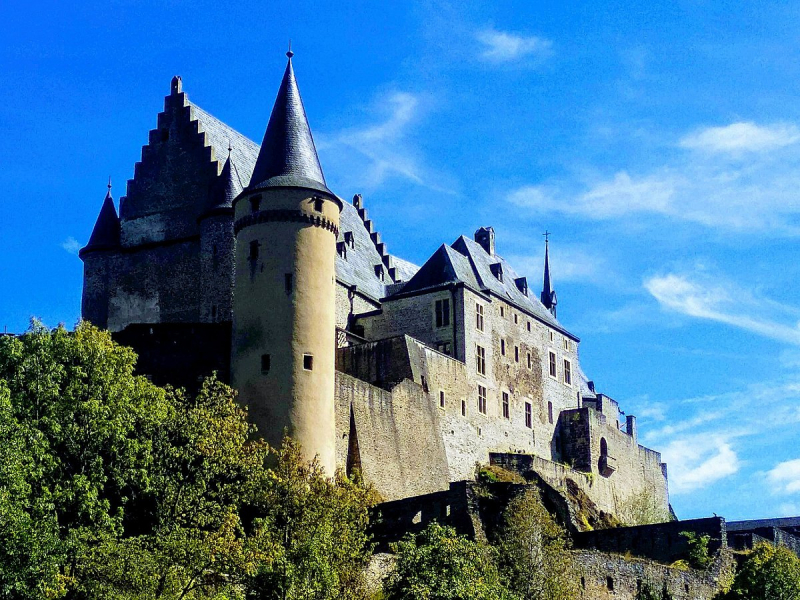
Photo: tripadvisor.com.vn 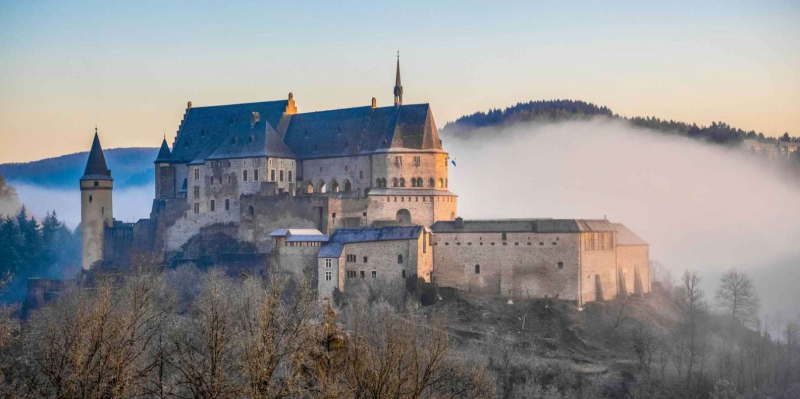
Photo: getyourguide.com -
The earliest of the underground tunnels and corridors are known as the Bock Casemates was constructed in 1644 by the Spanish, and later developed by the French and the Austrians. The Bock Casemates, a section of Luxembourg's renowned defenses, reached a maximum depth of 131 feet below and had a maximum length of 14 kilometers.
The Spanish began building the casemates, or defensive cannon emplacements, for the fortress in 1644 using the medieval castle's cellars as a model. The Bock Casemates evolved into much more than gun turrets thanks to extensions made by the renowned French fortification architect Vauban in the 1680s and its full realization by the Austrians in the middle of the 18th century.
Visitors can roam through all of the open tube tunnels, a vast network of main thoroughfares, and several minor, dead-end offshoots in the Bock Casemates, which are now open to the public. Some of the casemates were excavated up to 40 meters below the surface on various levels. The public can access over 17 kilometers of winding staircases and corridors with dirt floors.
They are a component of the Luxembourg City World Heritage Site as well. Even today, visitors can descend from the Bock's heights to examine the enormous military engineering marvel below. A 360-degree panorama of the city is available from the fortress's ruins above.Location: 10 Mnt de Clausen, 1343 Luxembourg
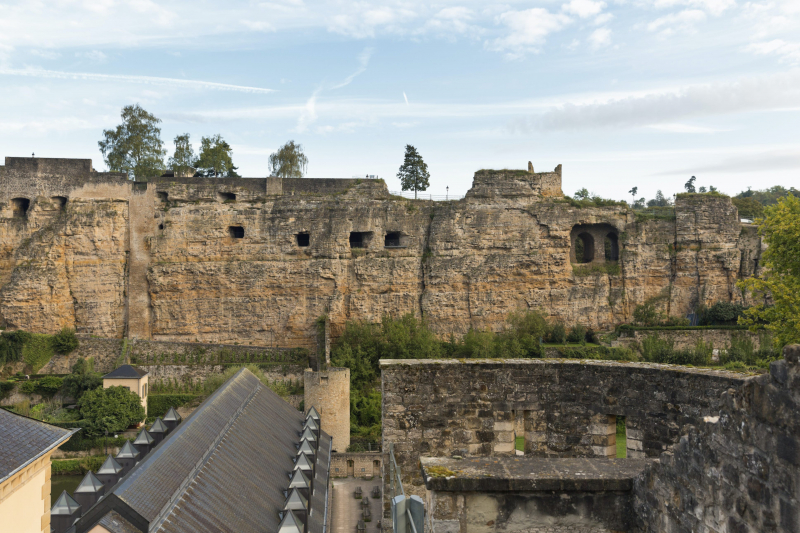
Photo: lonelyplanet.com Photo: https://www.youtube.com/watch?v=wIT1TftFXr8 -
The German invasion of Luxembourg in 1940 and the subsequent liberation of the country by US forces in 1944 are the main topics of the General Patton Memorial Museum in Ettelbruck, a World War II museum. General Patton Memorial Museum is one of the most beautiful historical sites in Luxembourg.
The General Patton Memorial Museum details this historical incident with a variety of weapons, gear, information boards, and more than a thousand documents and pictures. General George S. Patton Jr., the leader of the 3rd U.S. Army that liberated Luxembourg, is the namesake of the museum.
In addition to the weapons and equipment found on the Ardennes battlefield, more than 1000 photos and documents from the German invasion are on display today. The May 1940 invasion, the Nazi occupation, and the September 1944 liberation by American forces are all covered in the museum's first section.
A sizable collection of military tools and weaponry that have recently been found on the Ardennes battlefield are displayed to visitors in the exhibition's second area. An account of the Luxembourg air war is given in another area of the museum. The museum's extensive collection of battle tanks is its principal draw.
Location: 5 Rue Dr Klein, 9054 Ettelbruck, Luxembourg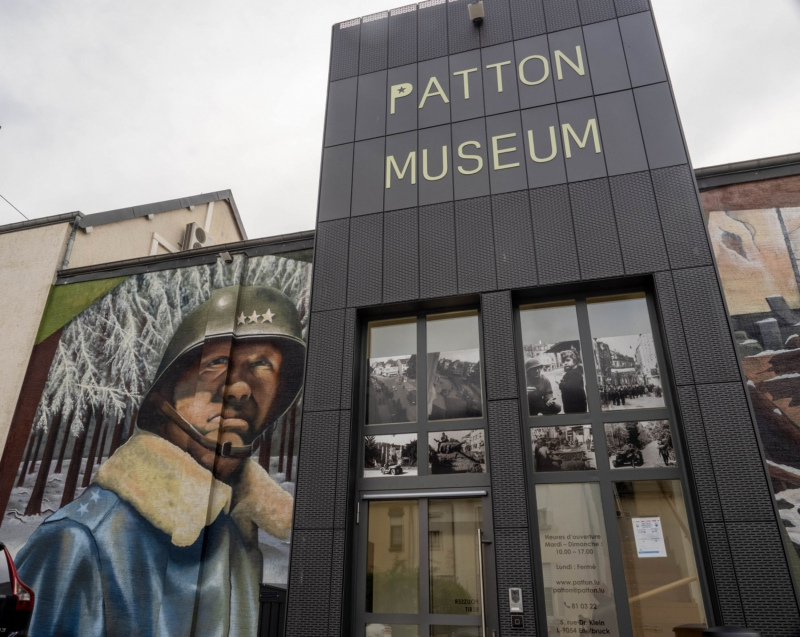
Photo: visitluxembourg.com 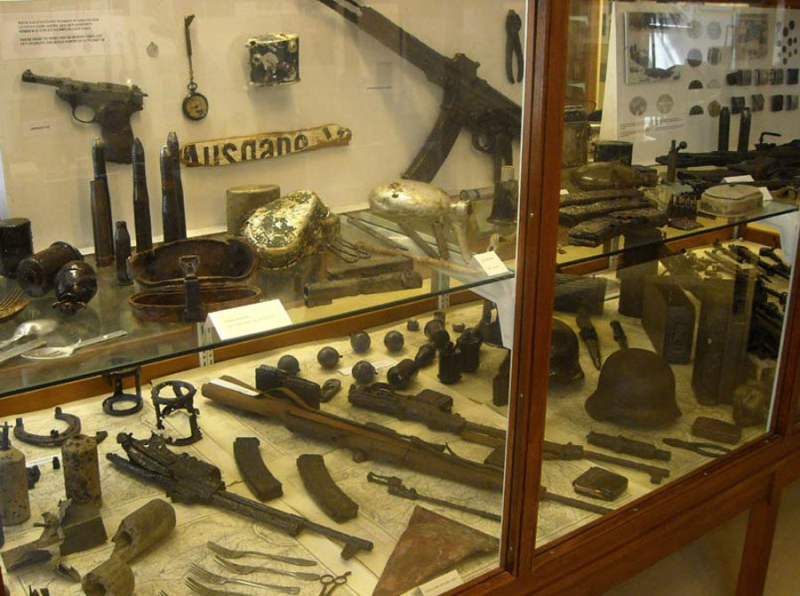
Photo: wartraveller.com -
The next position on the list of the most beautiful historical sites in Luxembourg is the Grand Ducal Palace. In Luxembourg City, in the country's south, there is a palace called Grand Ducal Palace. It serves as the Grand Duke of Luxembourg's official residence and is where he carries out the majority of his duties as the Grand Duchy's head of state.
The palace serves as the Grand Duke's official residence and is where he carries out all of his official duties. The staterooms on the first level are used for a variety of meetings and audiences. He and the Grand Duchess, along with their staff, have offices at the palace. The Grand Duke's Christmas message is aired from the Yellow Room on Christmas Eve.
When visiting Luxembourg on official business, foreign heads of state are hosted at the palace as guests of the Grand Duke and Grand Duchess, and state banquets in their honor are held in the Ballroom. Numerous other parties are held at the palace throughout the year, including the New Year's reception for members of the government and the Chamber of Deputies.
Location: 17 Rue du Marché-aux-Herbes, 1728 Luxembourg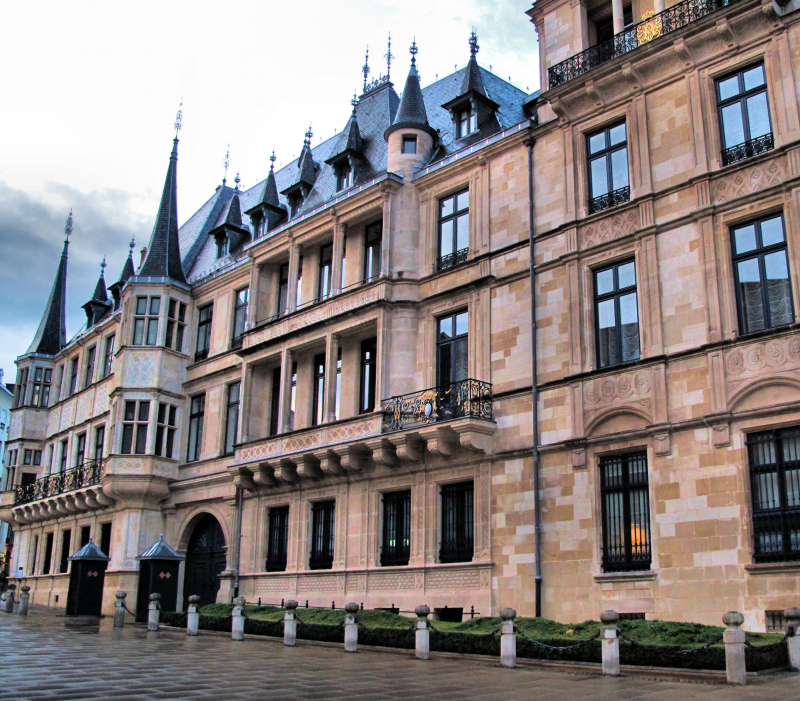
Photo: wikipedia 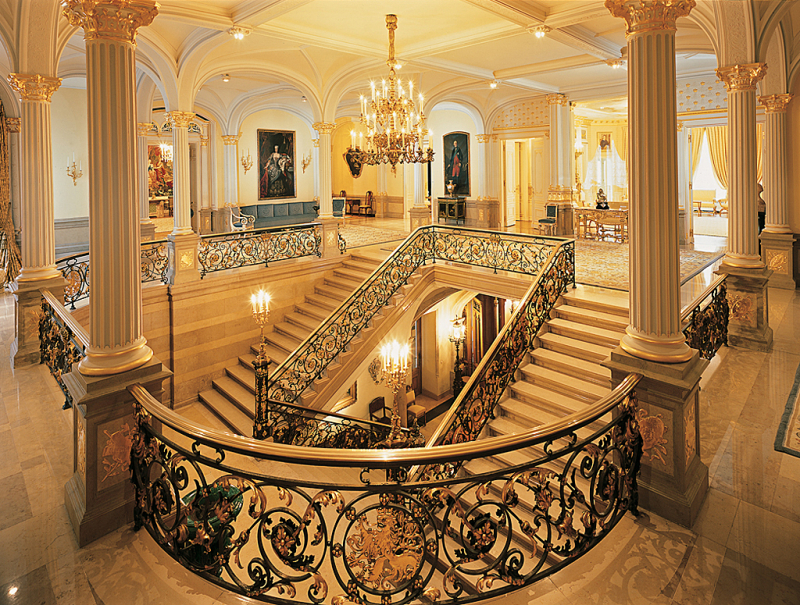
Photo: thousandwonder.net -
In northeastern Luxembourg, Bourscheid Castle is close to the town of Bourscheid. On the site where the medieval castle is located, there is archeological proof of Roman-era buildings. It is surrounded by a ring wall with 11 watchtowers that rises majestically around 150 meters (490 feet) above the River Sûre. The Bourscheid Castle, a magnificent Gothic structure perched on a mountain with a stunning view of the misty valley, is Luxembourg's largest castle.
The castle appears to have been constructed around the year 1000 on previous foundations in what was then the County of Luxemburg, a component of the Holy Roman Empire, despite being first recorded in records from 1095. The courtyard was added in 1477, the outer wall was added in 1450, and the Stolzembourg house was added in 1384.
The structure is genuinely accessible to all, as not only may people with an interest in architecture or history admire the building itself, but those who prefer nature can take pleasure in the peaceful surroundings and mountain vistas that the building's remote location and surrounding ecology give. Even though the castle is stunning during the day, at night the walls are illuminated, giving everyone who is lucky enough to see it a surreal magical experience.
Location: Schlasswee, 9140 Buerschent, Luxembourg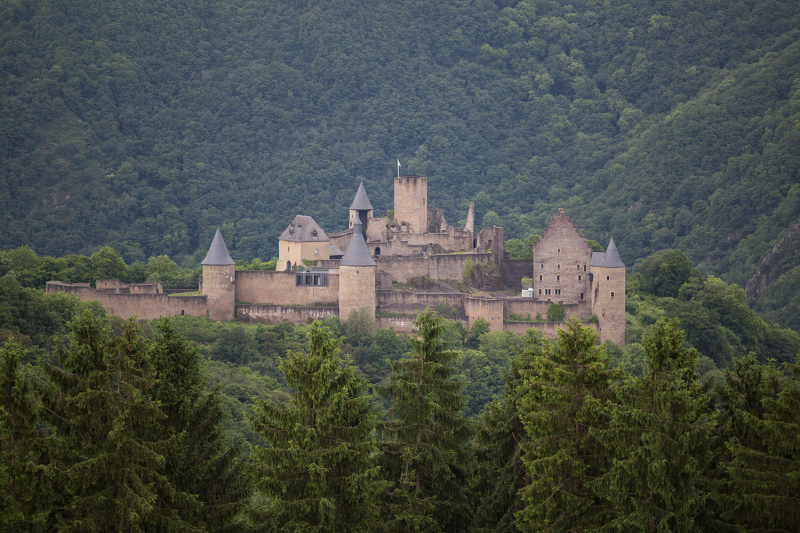
Photo: wikipedia 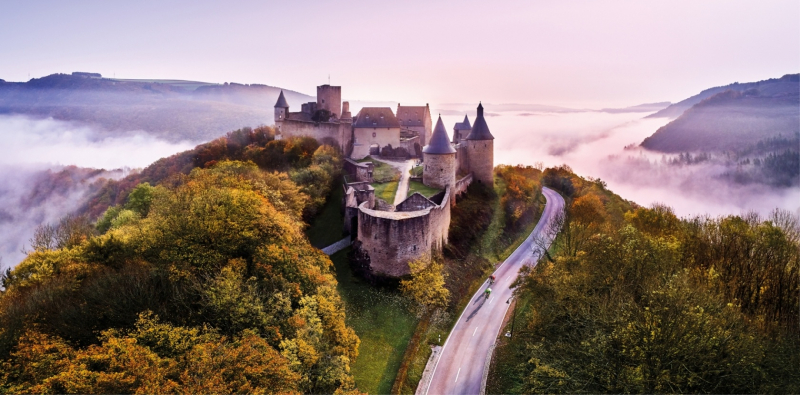
Photo: outdooractive.com -
The administrative center of the canton of Clervaux is the commune and town of Clervaux in northern Luxembourg. Three blackbirds are depicted on a gold background in the chief of the town's shield, which is a version of the arms of the former Lords of Clervaux and was awarded in 1896.
The medieval Benedictine Abbey and the unusual Clervaux Castle, erected in the 12th century and perched atop the hills overlooking the abbey, are both located in the lovely historical village of Clervaux in the country of Luxembourg. For individuals who want to understand more about the country's religious past, Clervaux also contains a big monastery and a Roman church. Clervaux is a wonderful location for a visit even if you aren't really interested in the church or monastery because the surrounding mountains and charming old buildings provide a beautiful view from every angle.
Along with the monthly guided historical tour of Clervaux on the theme of the Battle of the Bulge and a visit to the Church and Abbey Crypt escorted by a Monk, there is also the hiking meets local food option. All year long, the town is accessible through the audio tour.
Location: Clervaux, Luxembourg
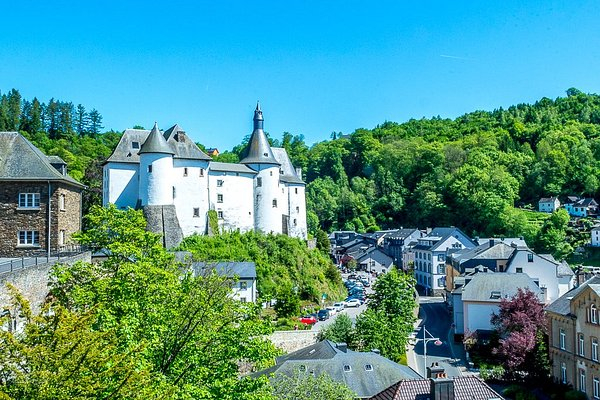
Photo: tripadvisor.com.vn 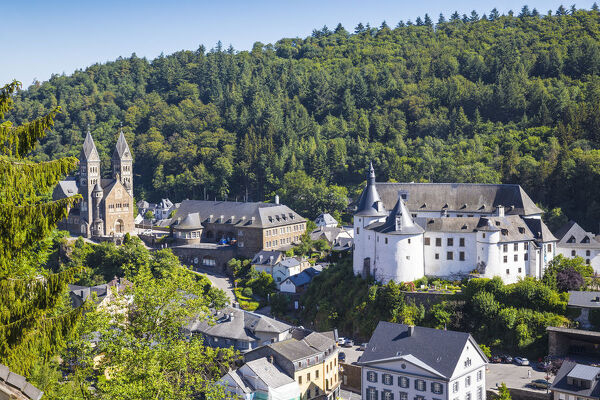
Photo: discoverimages.com -
The Luxembourg City town square is an open space outdoors ideal for pandemic-safe travel while also showcasing some stunning buildings. The neoclassical town square building from the early 1800s is one of the lovely historical structures that call Place Guillaume II home.
The town plaza known as Place Guillaume II is located in southern Luxembourg City. The square is located in the center of Luxembourg's historic Ville Haute neighborhood to the west of Krautmaart and to the north of Boulevard Franklin Delano Roosevelt. Its vernacular name, Knuedler, comes from the term for "knot" in the Luxembourgish language and alludes to the Franciscan friars' belt tie.
The equestrian monument of the former Grand Duke William II, after whom the square is called, dominates the eastern half of the area while Luxembourg City Hall dominates the western half. Trees surround much of the square, reducing its open space (particularly around the statue).
On the site of what had once been a Franciscan monastery, The Place was constructed after the French Revolution. Anyone who enjoys history - especially those who love learning about it—will be intrigued by the place and the buildings that surround it.
Location: 23 Rue du Fossé, 1536 Luxembourg
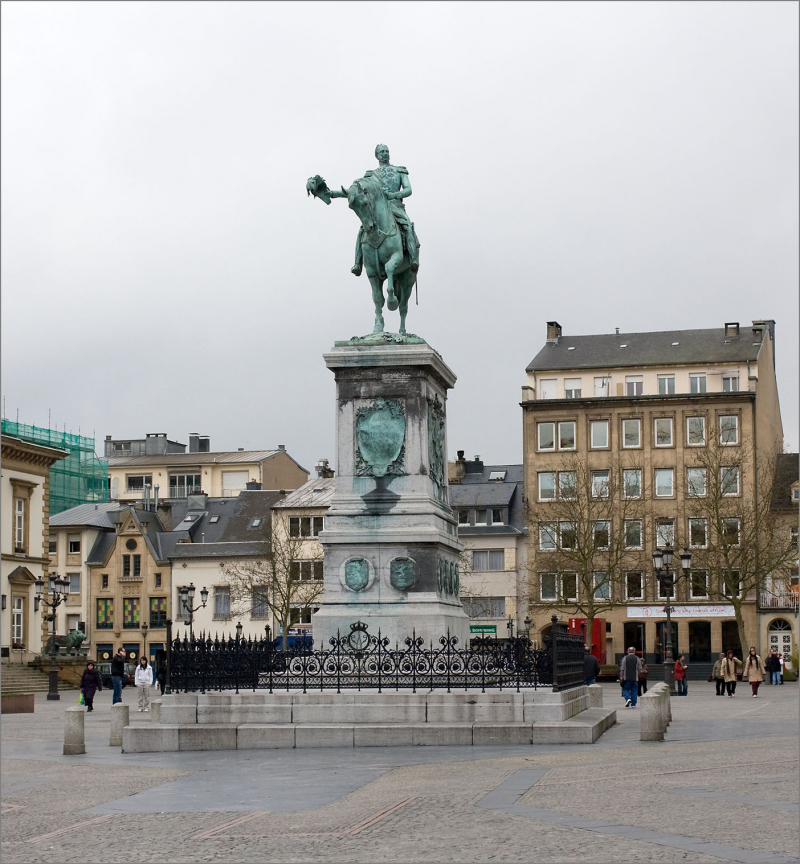
Photo: yeudulich.com 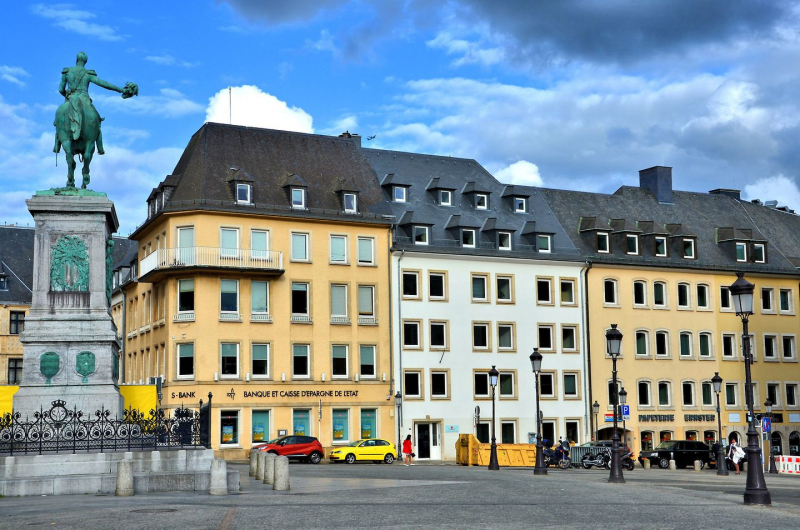
Photo: encirclephotos.com -
One of the most beautiful historical sites in Luxembourg is the Notre Dame Cathedral. The Catholic cathedral in Luxembourg City, which is located in southern Luxembourg, is called Notre Dame Cathedral. The church's foundation stone was placed in 1613, while it was still a Jesuit church. Luxembourg only has one cathedral.
The church is a notable example of late gothic construction, although it also features a lot of Renaissance details. The miraculous figure of Maria Consolatrix Afflictorum, the nation's and city's patron saint, arrived at the church at the end of the 18th century. The church was dedicated around 50 years later as the Church of Our Lady, and Pope Pius IX elevated it to the status of the Cathedral of Notre-Dame in 1870.
The National Monument to the Resistance and to the Deportation is located in the cathedral's graveyard. The Political Prisoner, a well-known bronze sculpture created by Luxembourgish sculptor Lucien Wercollier in the 20th century, serves as the focal point of the memorial. From 1935 to 1938, the cathedral was enlarged and expanded.Location: Rue Notre Dame, 2240 Luxembourg
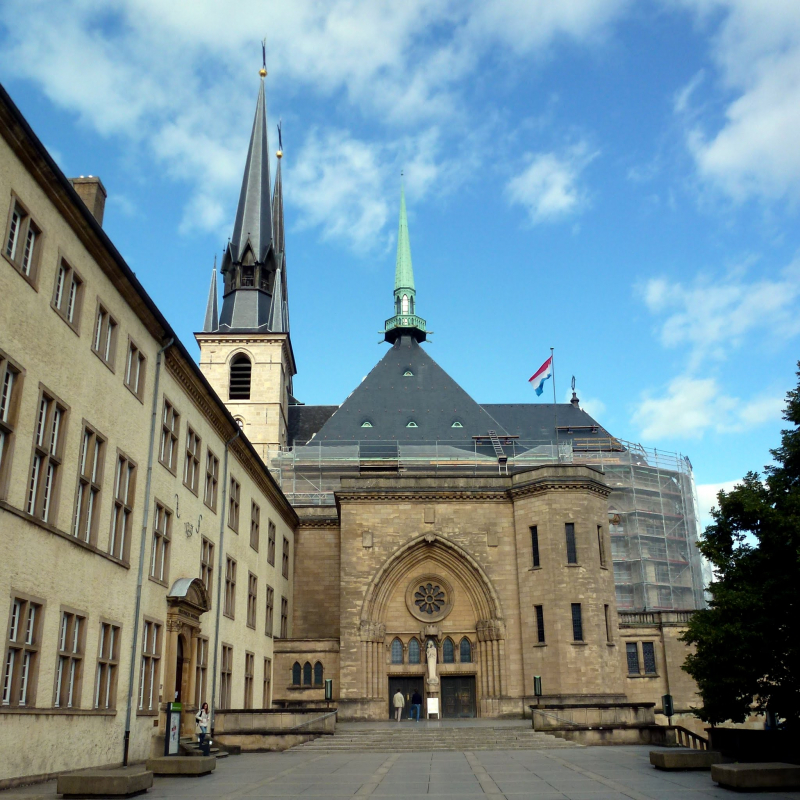
Photo: wikipedia 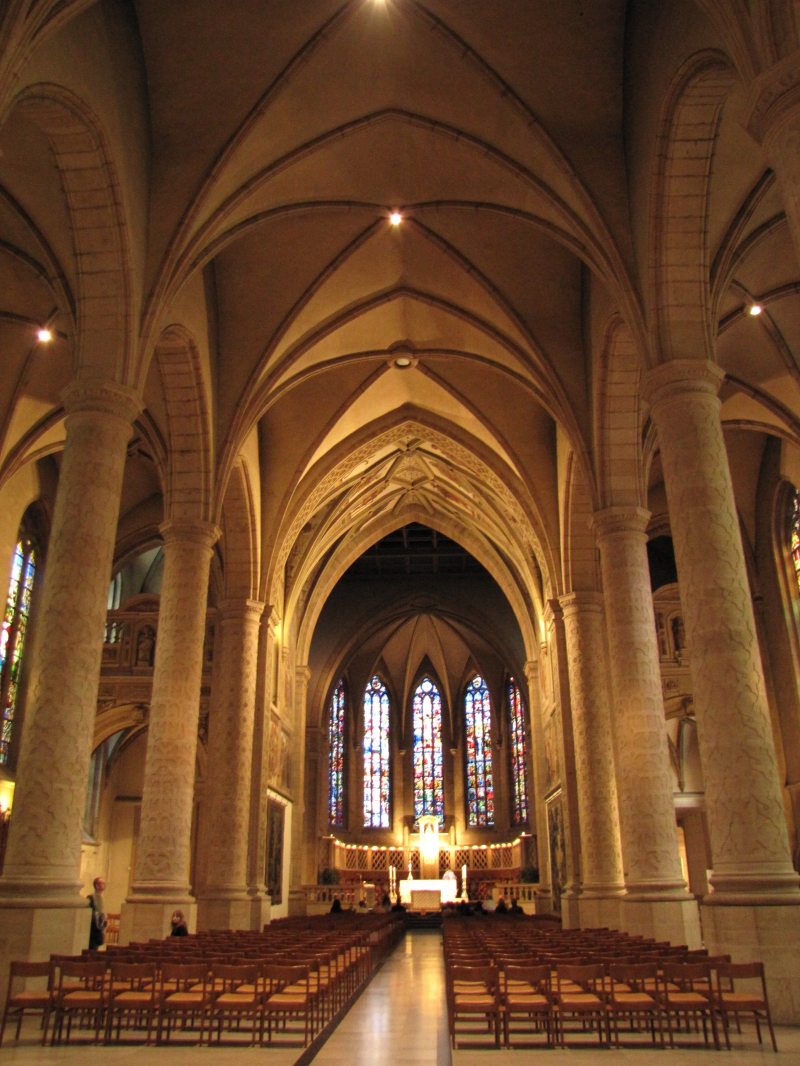
Photo: pinterest.com -
A corniche is a road or path that is carved into a mountainside when one side of the land is sharply rising and the other side is descending. Walking along the Bock's slopes, the Chemin de la Corniche provides spectacular views of The Grund and the Alzette Valley.
This corniche, a promenade that is part of a mountain, overlooks the Alzette River and offers just breathtaking views of it. The lovely Iglesia de San Miguel and Neimenster Abbey are just two of the historic monuments you pass by on this journey. With good reason, the walls were dubbed "the most magnificent balcony in Europe." The peak on which the stroll is situated provides a bird's eye view of the surrounding area's rolling landscapes and intriguing buildings.
The sites surrounding the Walls still provide for an interesting and educational visit, and the vistas can still be enjoyed from the ground level, even for people who don't like to trek or are frightened of heights.
Location: Chemin de la Corniche, Luxembourg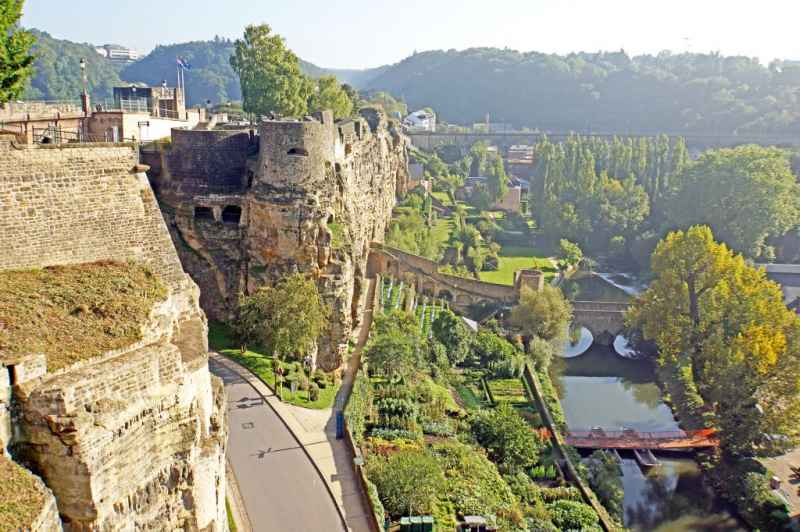
Photo: gpsmycity.com 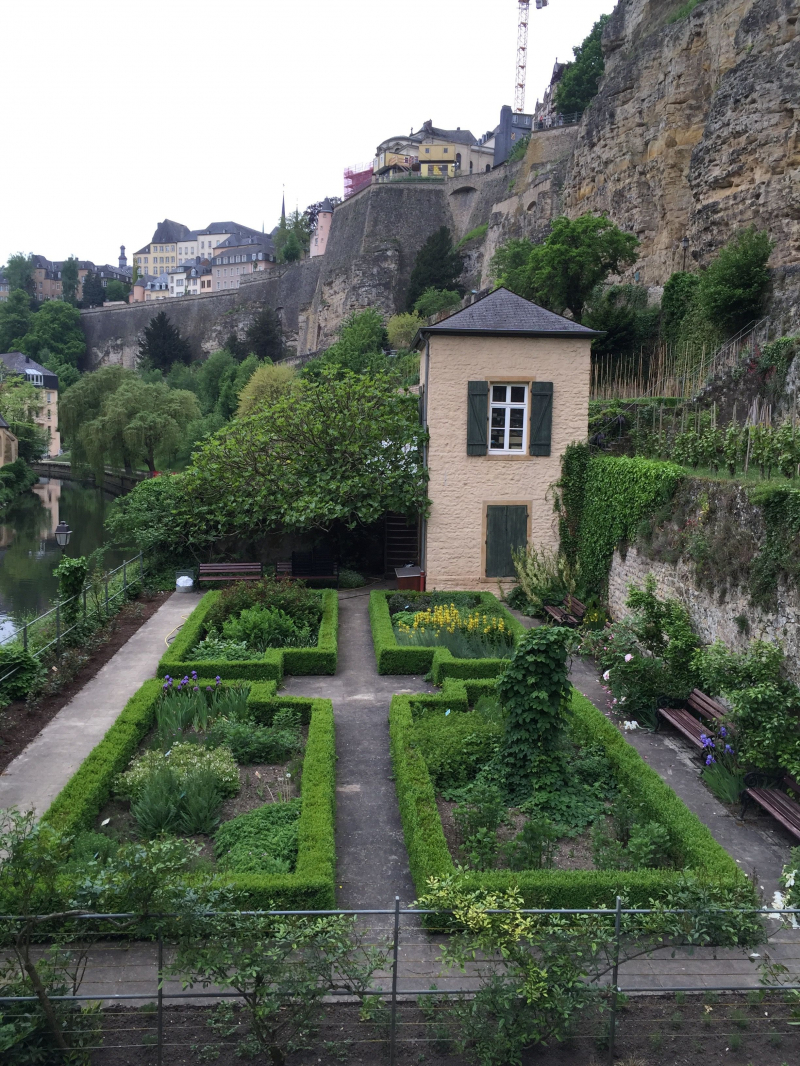
Photo: pinterest.com































